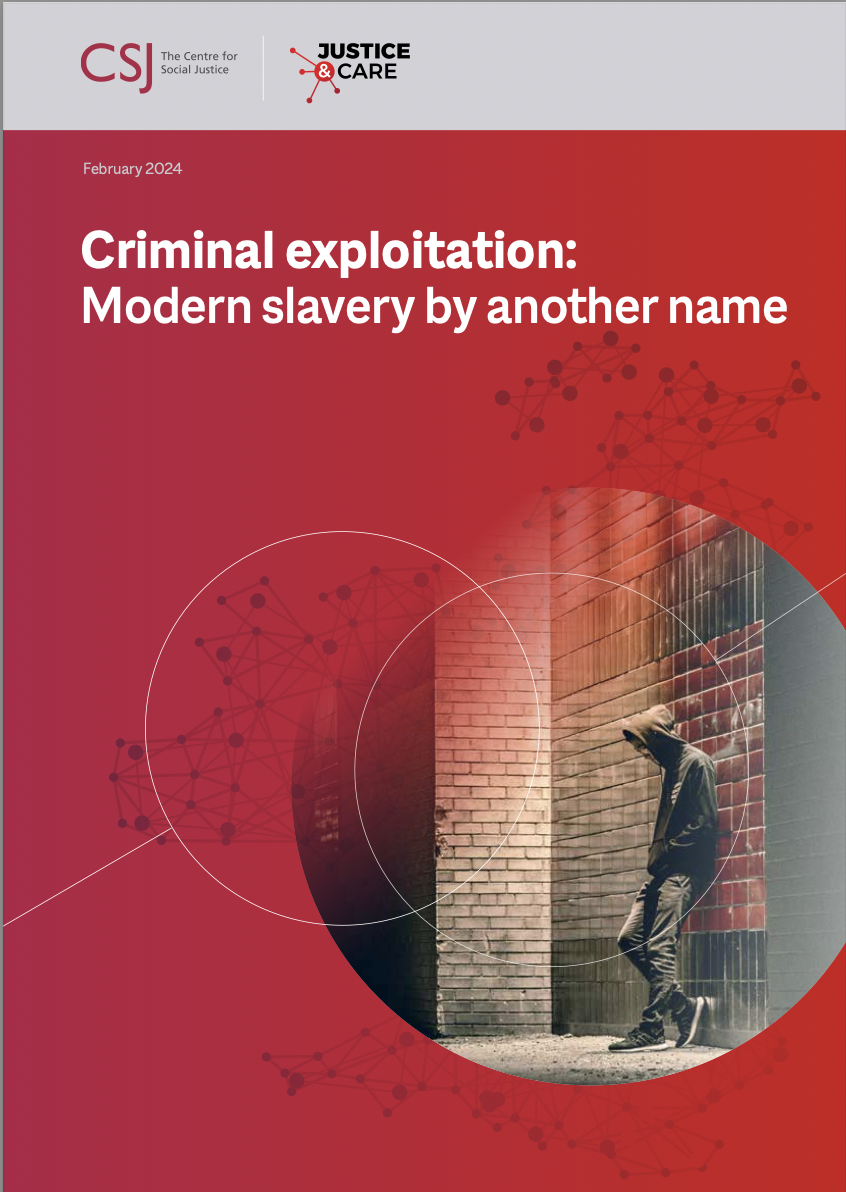
The typical understanding many people have of modern slavery involves foreign nationals exploited in prostitution or forced to work in inhumane conditions under threats and violence. Yet the most prevalent form of modern slavery in the UK reported by the Home Office over the past four years primarily involves the exploitation of British nationals, mostly teenagers and vulnerable adults, forced, coerced or groomed into committing crime for someone else’s benefit known as ‘criminal exploitation’
The majority of the victims are British nationals, mostly teenagers and vulnerable adults, in fact 45% of all the victims of criminal exploitation referred to the Home Office were British boys, aged under 17 when they were exploited.
Criminal exploitation is often a feature of, but not limited to, ‘county lines’ drug dealing. Victims can be coerced or groomed into committing crime through debts, violence or manipulation. They can be made to hold or store weapons, engage in theft and shoplifting, money laundering and even begging.
This report, with partners Justice and Care examines the impact of this type of modern slavery on individual victims and beyond reaching their families, neighbours and wider communities who all suffer the result of this criminal and anti-social behaviour.
Key among the findings are that deprived communities and vulnerable people are most affected. Factors such as substance misuse, family circumstances, learning disabilities, school exclusion or financial deprivation put people at greater risk as criminals use them to coerce their victims. Polling for the report indicates that a quarter of people in the most deprived parliamentary constituencies had seen signs of criminal exploitation in their community compared to 15% in the least deprived communities. But there are indications that young people without vulnerabilities are also targeted. Technology has provided new ways to recruit, groom and control victims.